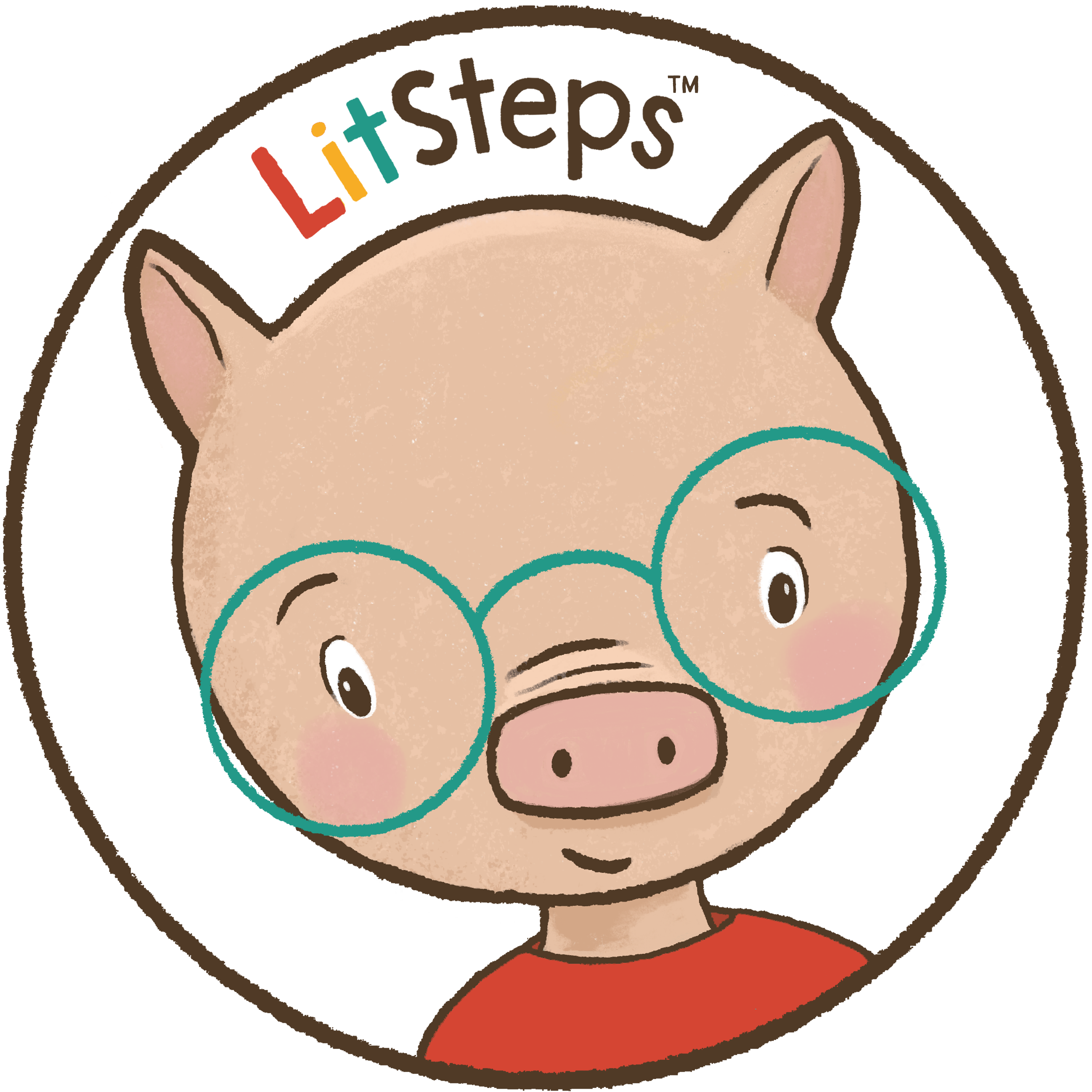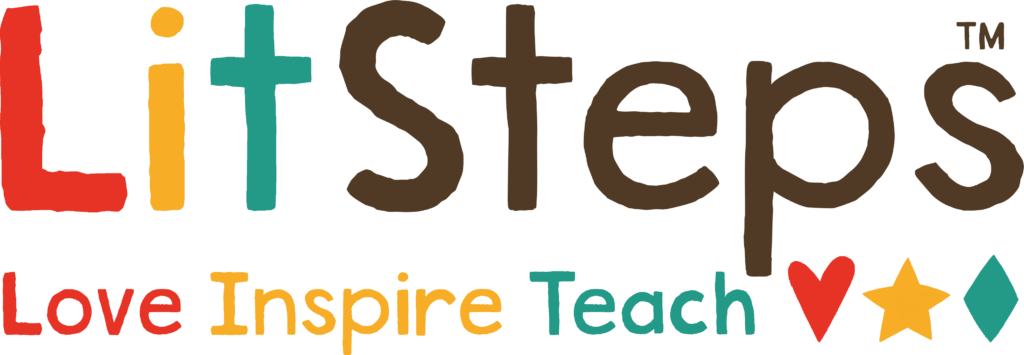LitSteps Skills
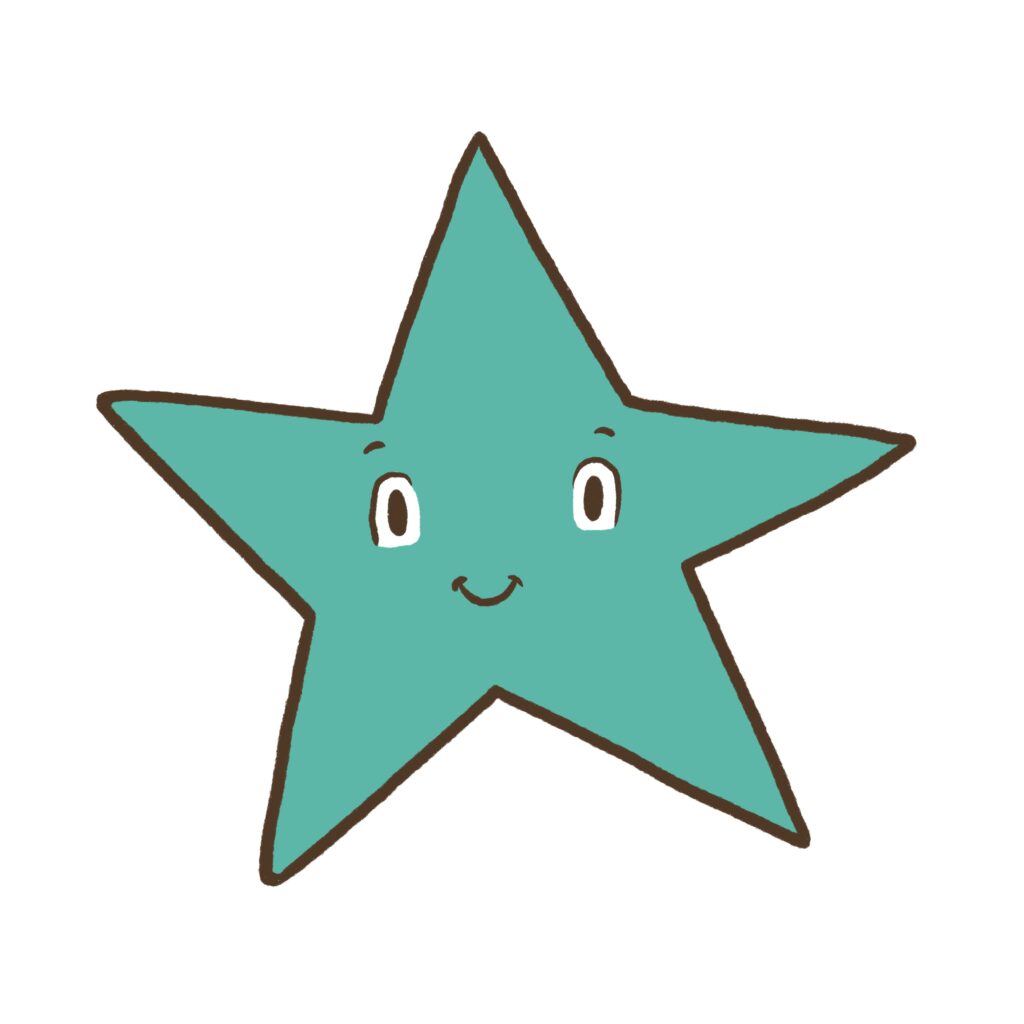
Beginnings
Confused about where to begin? Here are some tips on how to decide what your child is ready for. Remember, little steps and a big dose of patience are the keys to a successful literacy partnership.
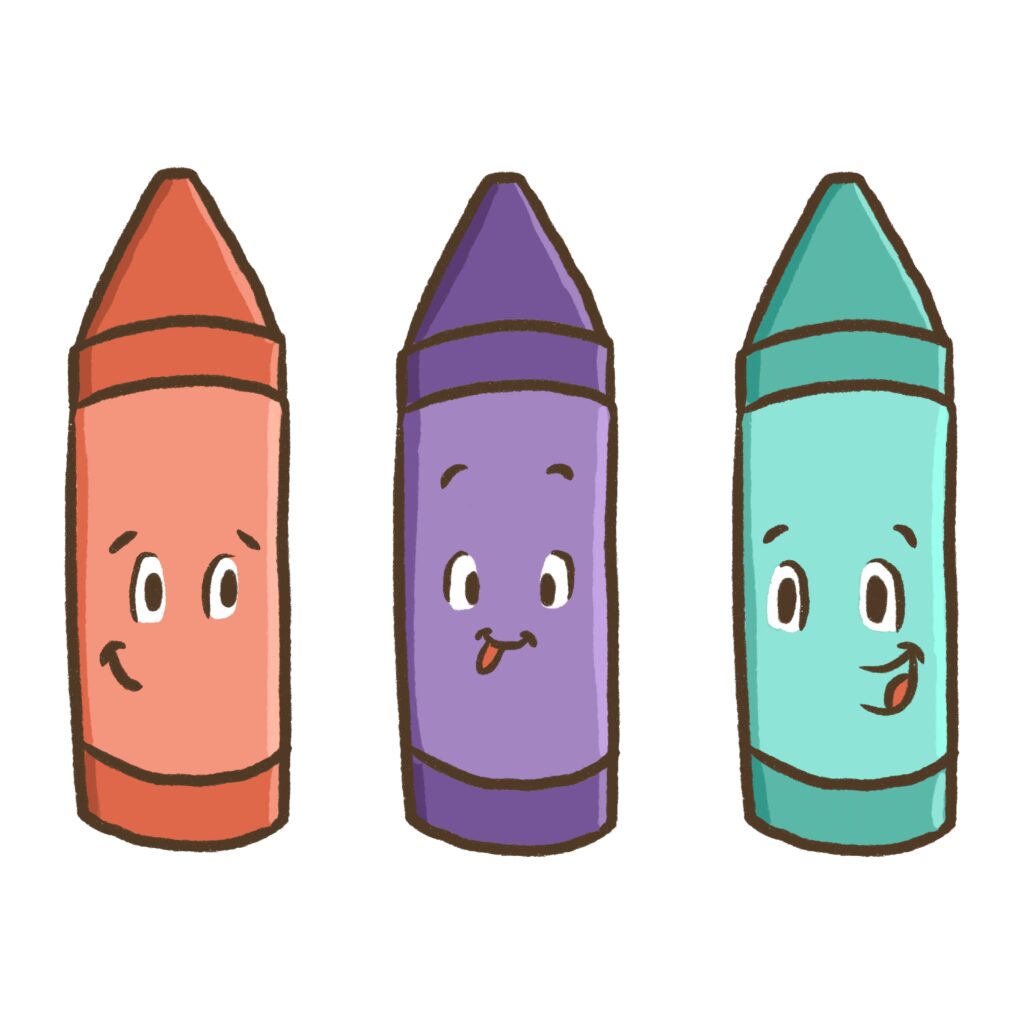
Colors
Learning to recognize and name colors is an easy place to start. Once your child knows their colors you can play color games with them everywhere you go.
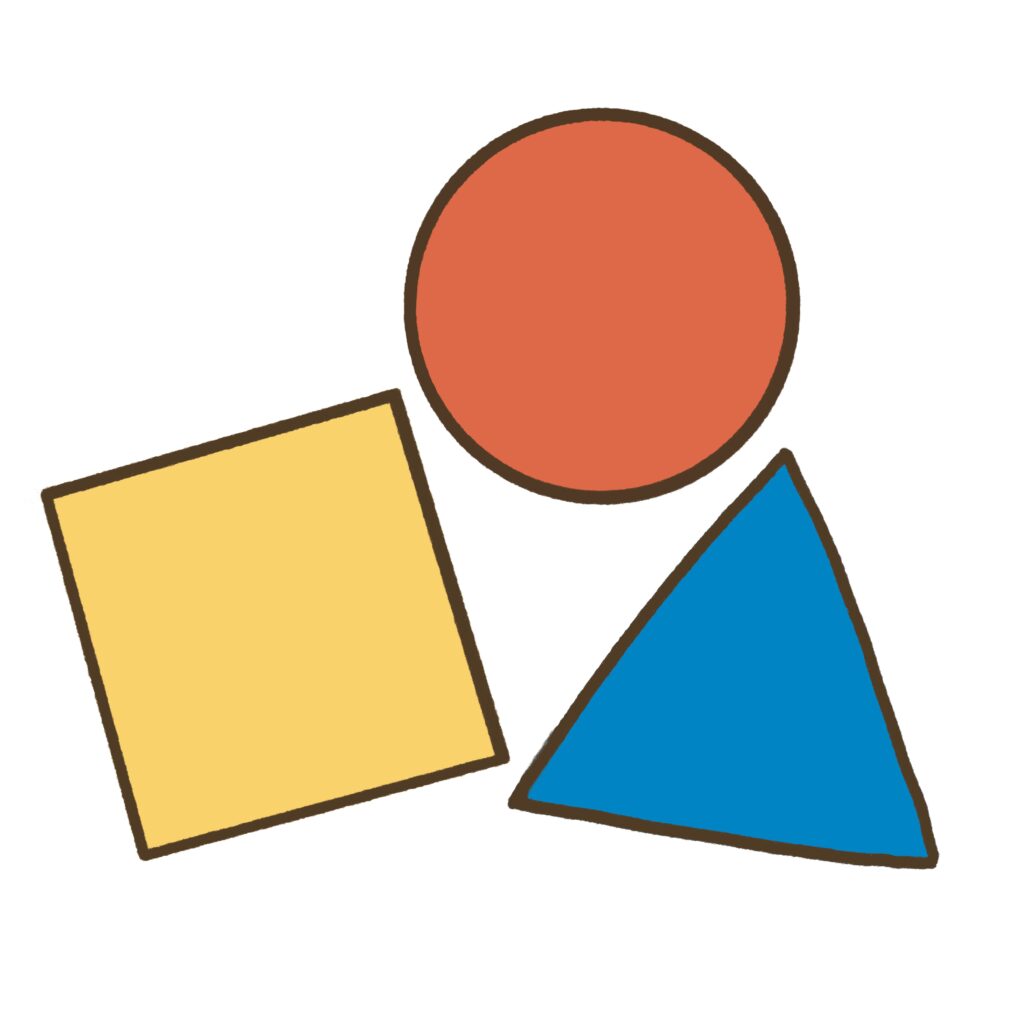
Shapes
Recognizing, naming, and drawing basic shapes is a foundational skill. Shapes are the building blocks to drawing letters, numbers, and objects.
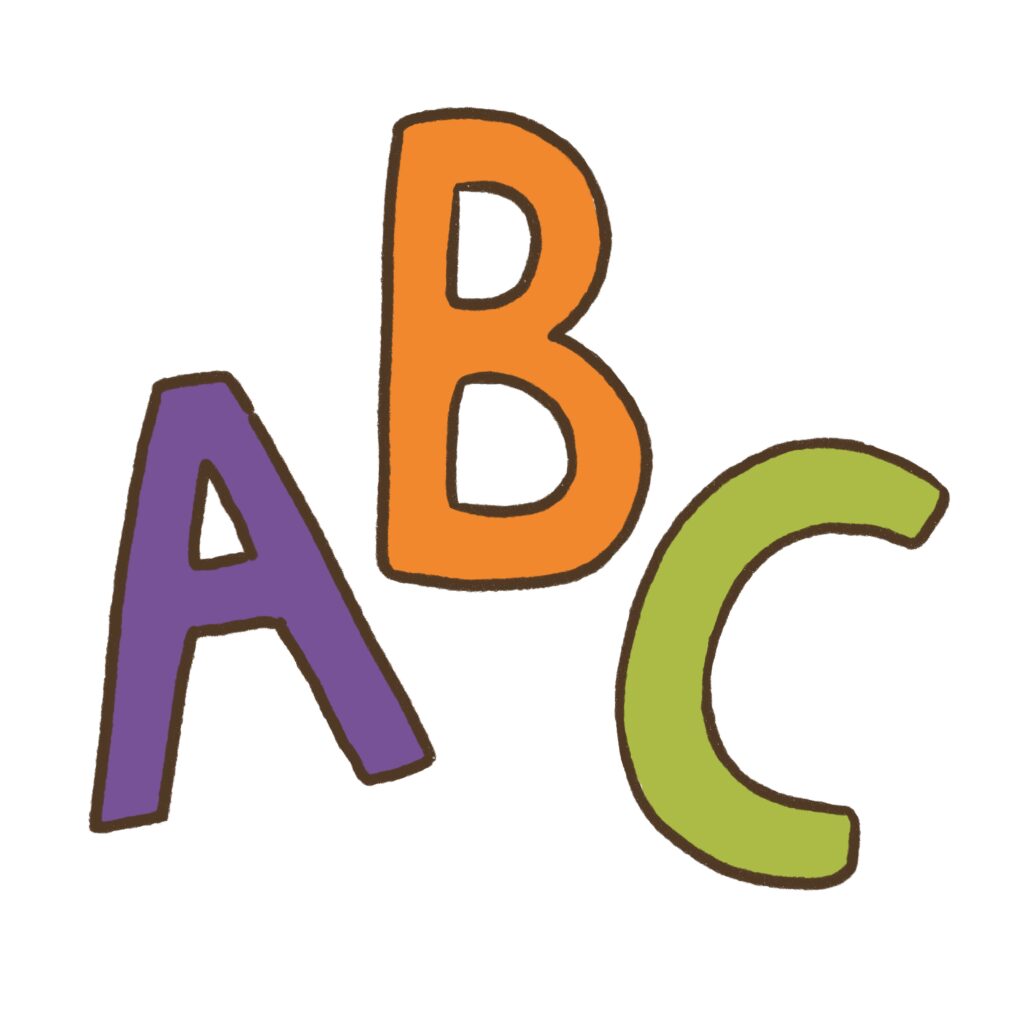
Letters
Your child knows how to sing the Alphabet song. Now what? Making time to help your child with letter and sound recognition will give them the confidence and knowledge they need on the literacy journey.
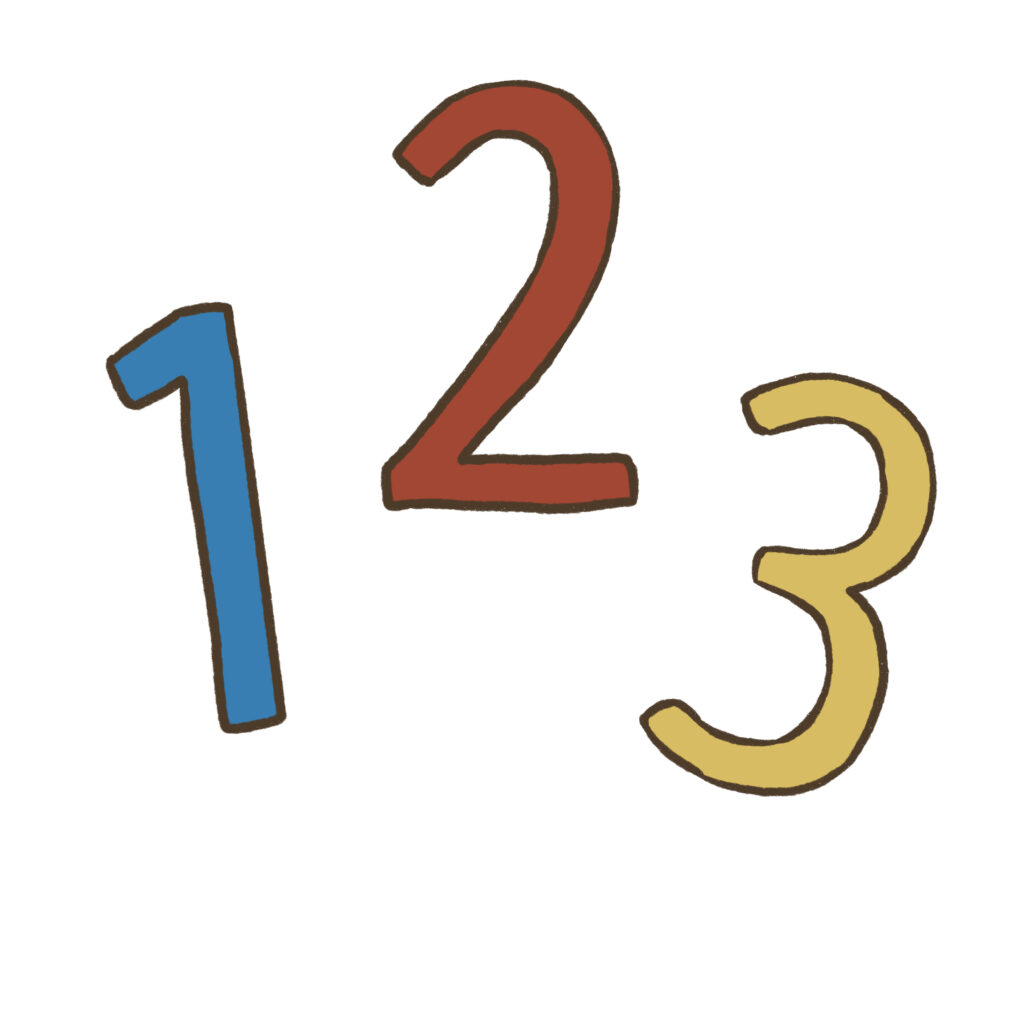
Numbers
It's common for children to confuse numerals with letters at the outset. And that's ok. It means they are comparing numeric symbols to letters they know. Yay, them!
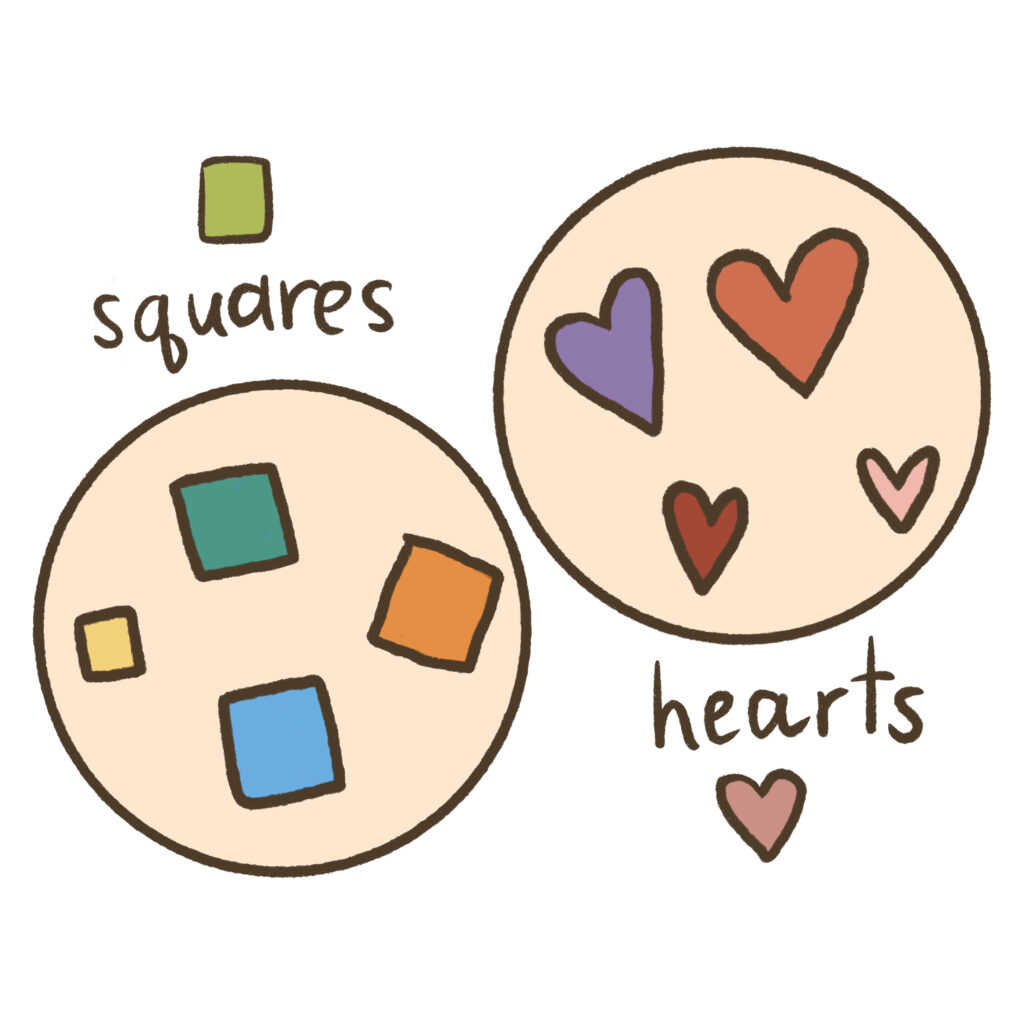
Sorting
Household objects like toys, finger foods, and craft supplies are great props for sorting and comparing. Sorting is a fun tactile activity for your young child.
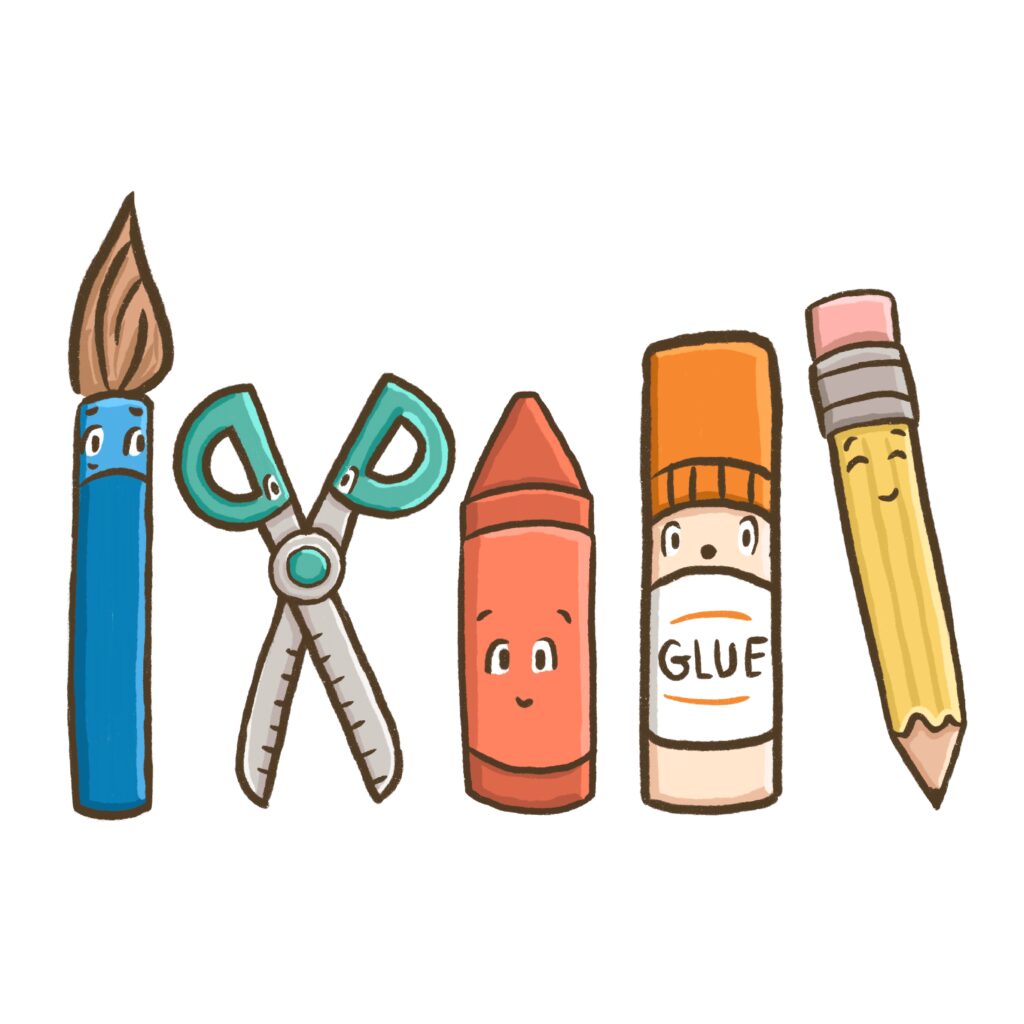
Tools
Yikes! Your child just squeezed half a bottle of school glue onto the kitchen table. Glue sticks are better, but they still cause lots of sticky situations. Don't even get us started on scissors and pencil sharpeners...

Art
Creative expression is a lifelong skill. If your child conjures up purple bunnies, bubble-breathing dragons, and robotic trees, feed and support their imagination. Ask them to tell you the story behind their scribbles. You'll be astonished by their answers!
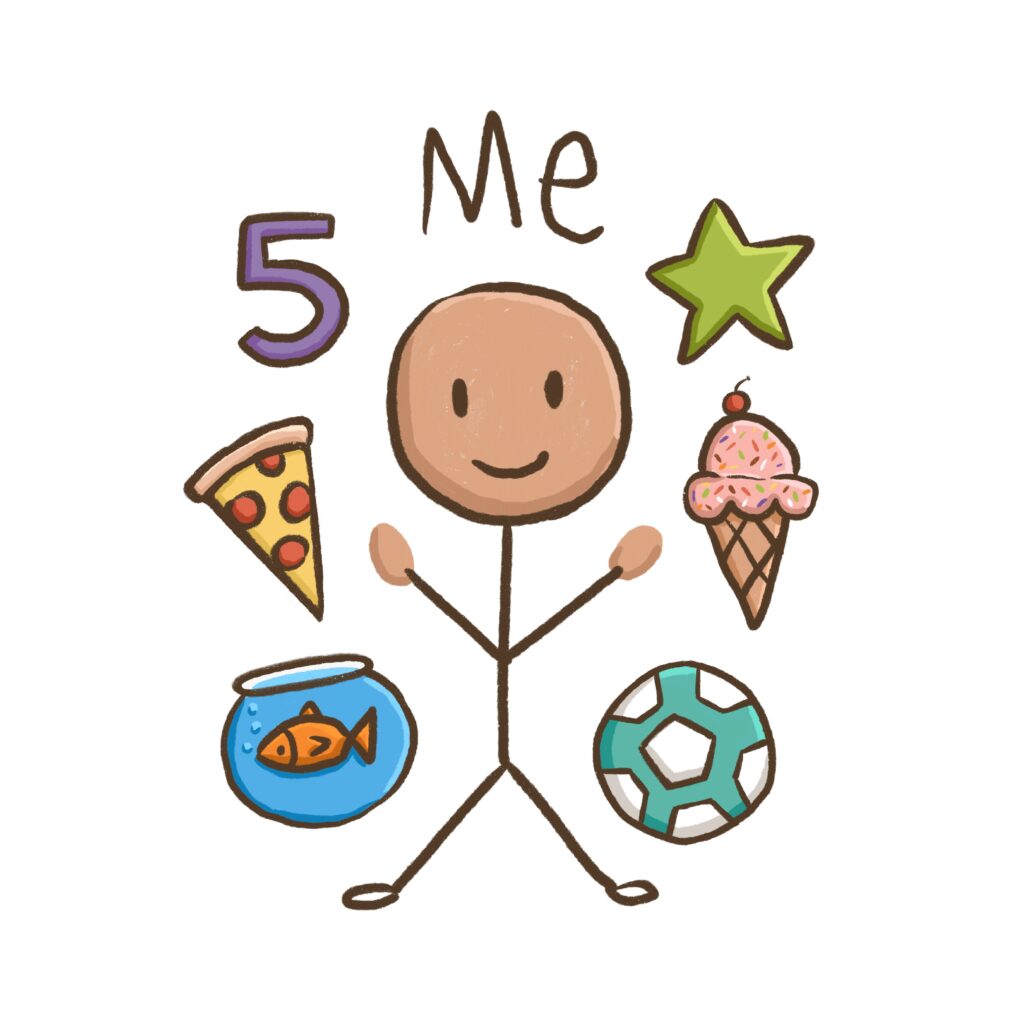
About Me
Look at me! I am the center of the universe. Shine a light on your child's likes and dislikes. Uncovering their favorite things will help establish their identity and place in the world.
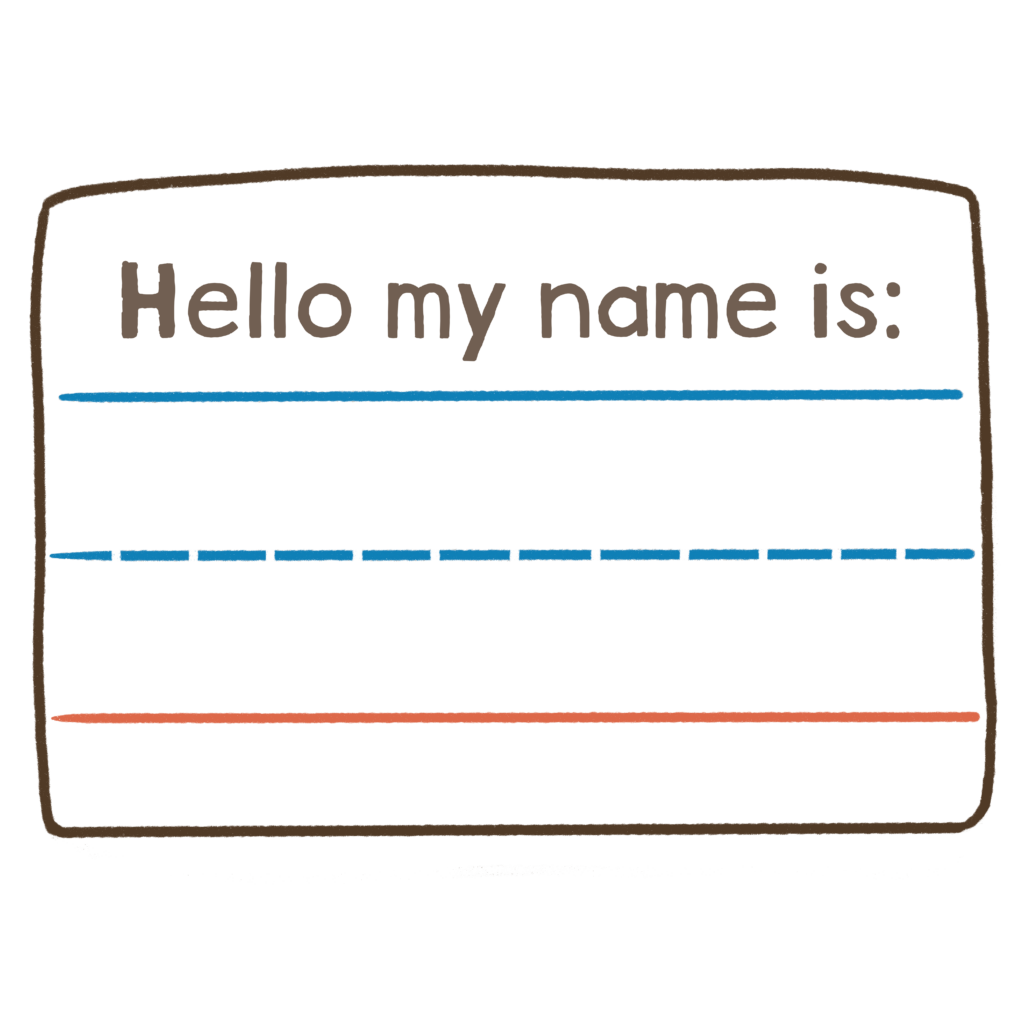
Name
Your child's name is often the first word they learn to spell. What could be more meaningful? Learning how to write it of course!
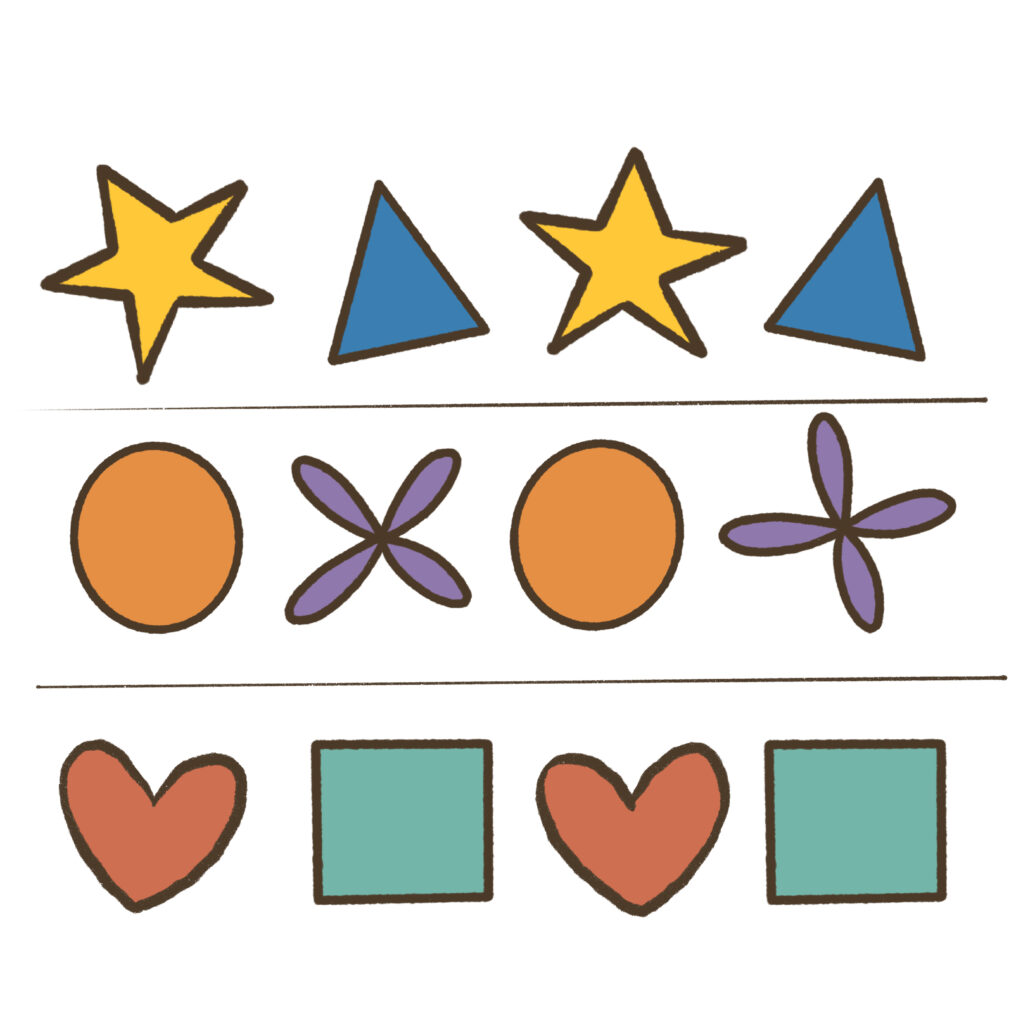
Patterns
Like sorting, repeat patterns are a tactile way to engage your child. You can use whatever you have on hand; crayons, a toy car collection, buttons, pasta shapes.
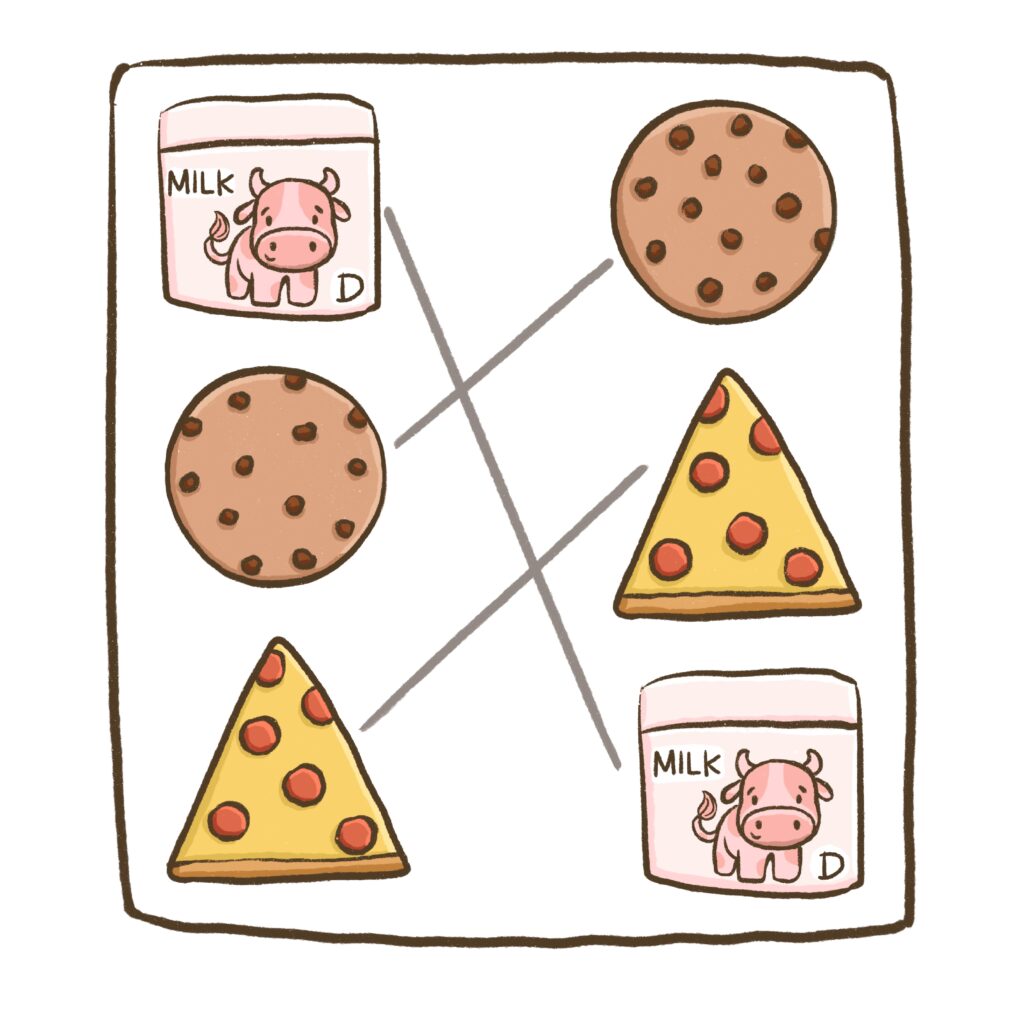
Matching
Matching objects is similar to sorting. Your child is learning how to categorize objects. Matching milk to milk is one way to answer. But is it wrong to match milk with the cookie?
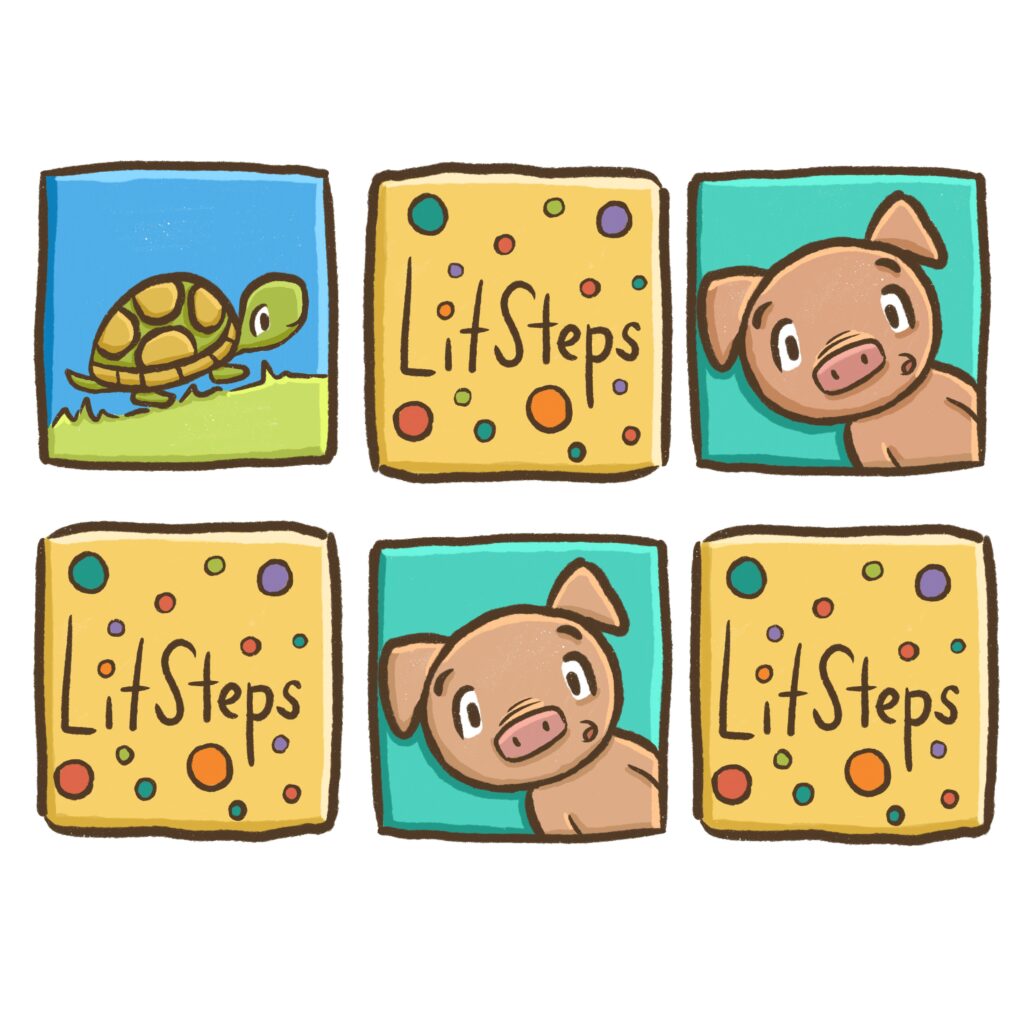
Memory
Building your child's memory skills is important, and helps with more complex literacy skills down the road. Don't forget this step of the literacy journey!
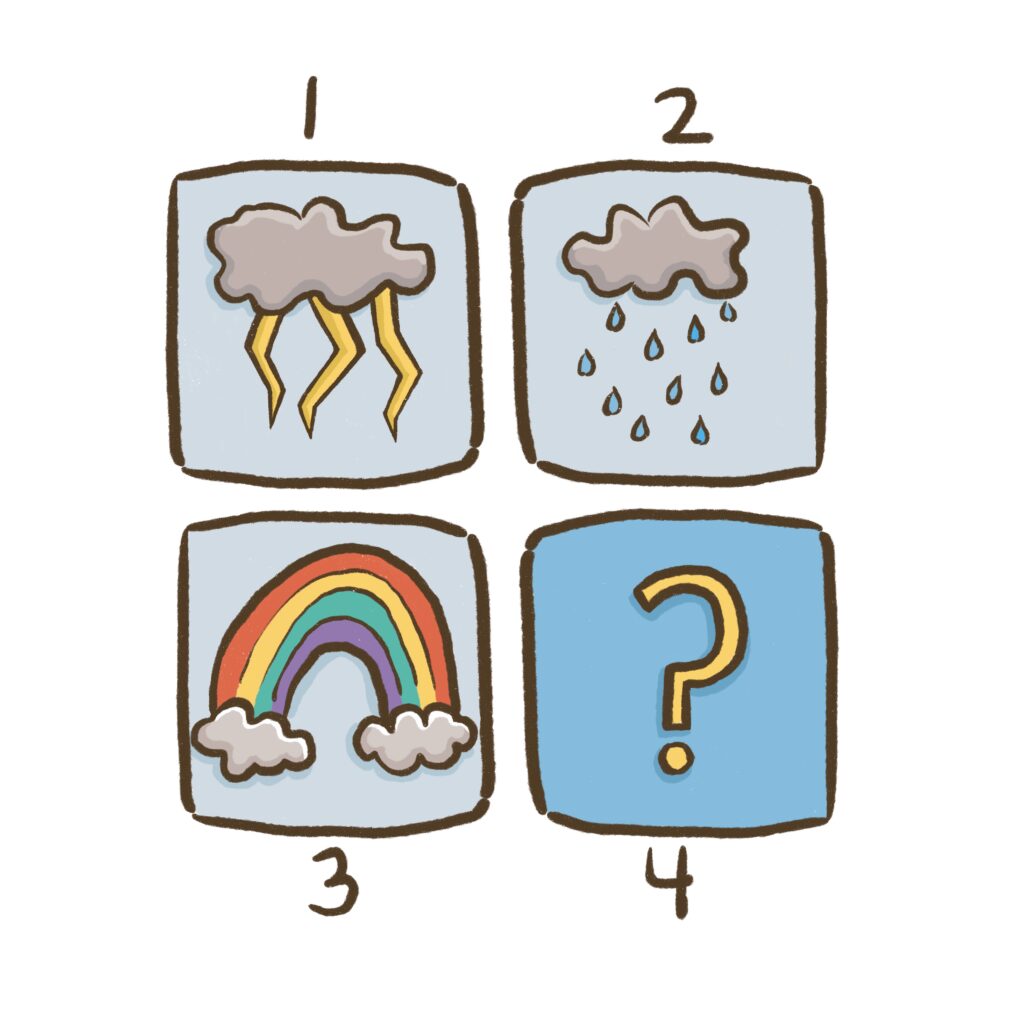
Predicting
What happens next? Why? Ask these questions often. Your child took a bath. Ask them what happens next. A book character misses the school bus. Ask your child what will happen next.
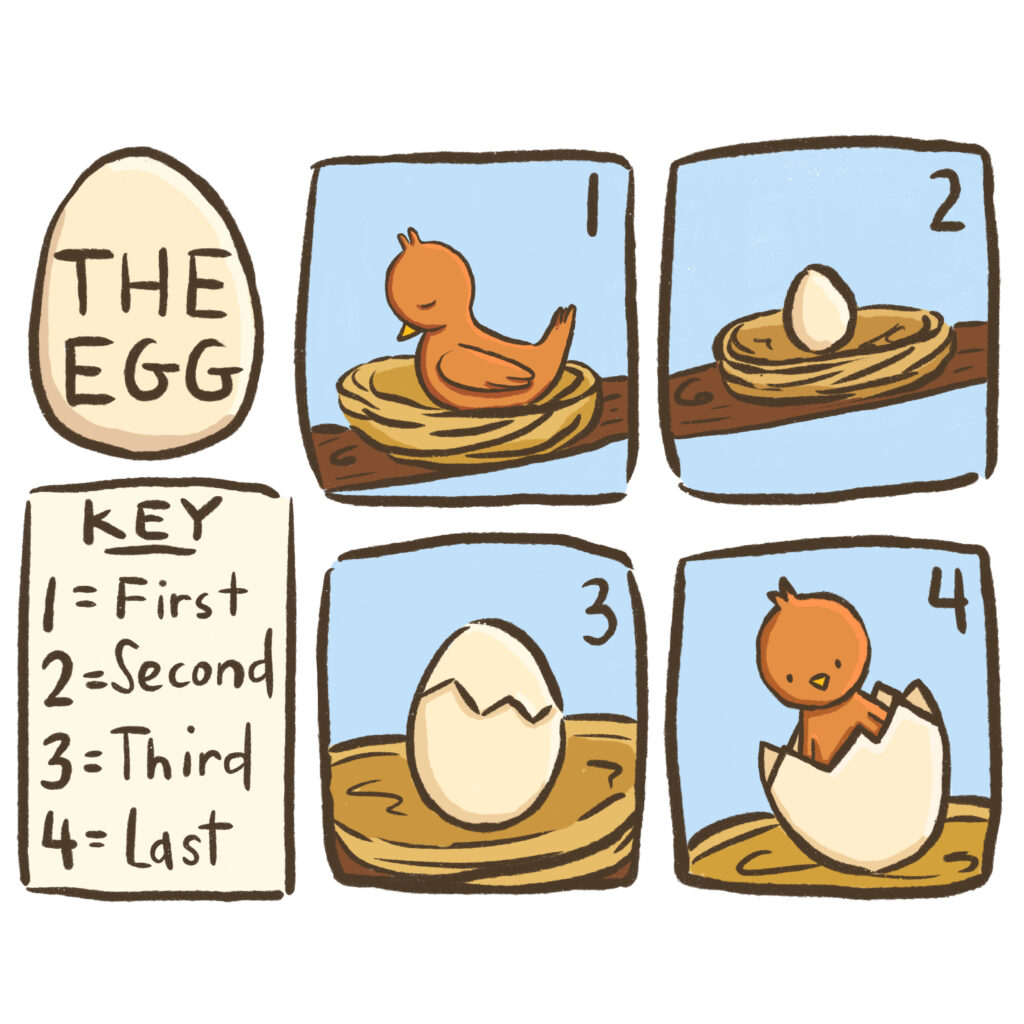
Sequencing
Things often happen in order. Learning to recognize the sequence of things helps your child make sense of the world. Establishing routines is a great way to reinforce this skill.
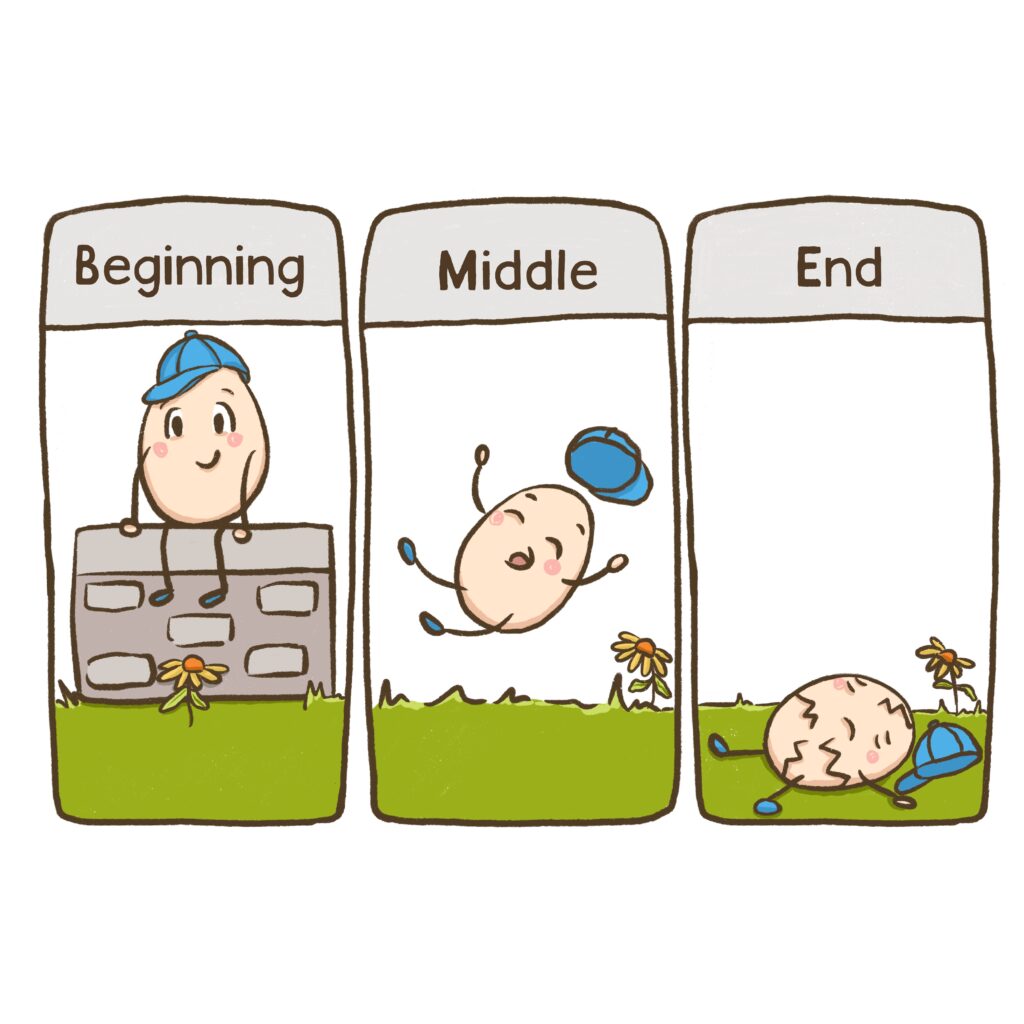
Retelling
Sequencing and memory skills will help your child with retelling. Teach your child how to tell a story with a clear beginning, middle, and end. One day they'll surprise you and use this skill to tell you stories of their own.
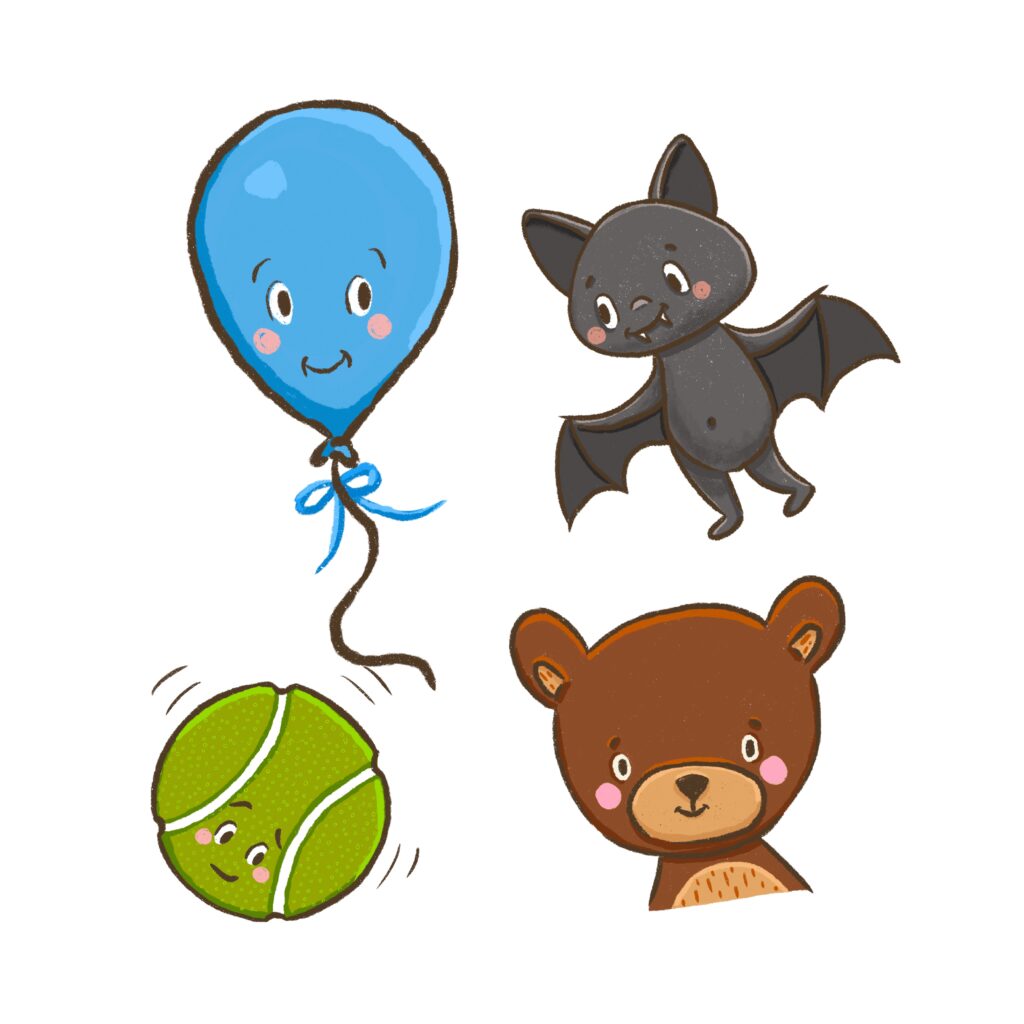
Alliteration
When words start with the same sound, like ball, bear, bat, and balloon, they are alliterative. Adding alliteration activities is always advantageous.
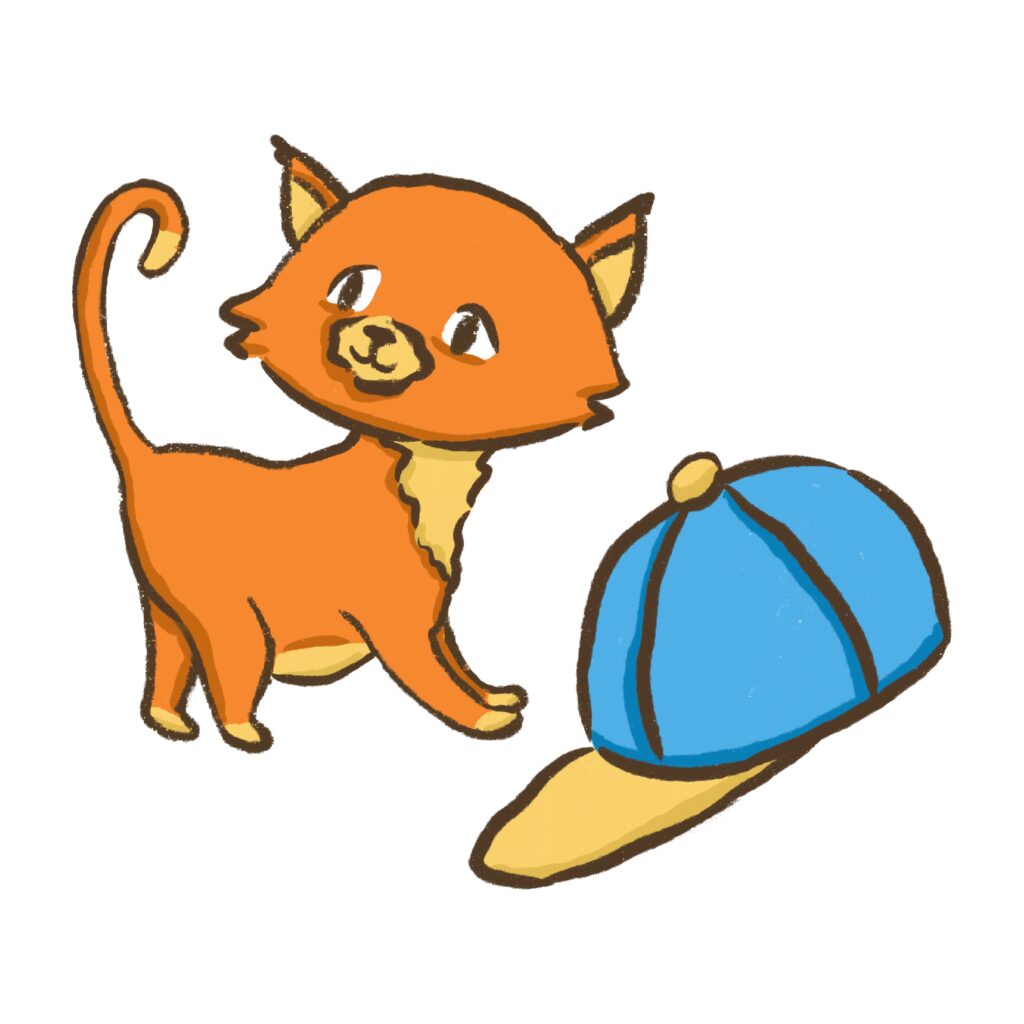
Rhyming
Rhyming is everywhere! Poems, song lyrics, nursery rhymes, and picture books are all valuable tools when teaching your child about rhyming.
